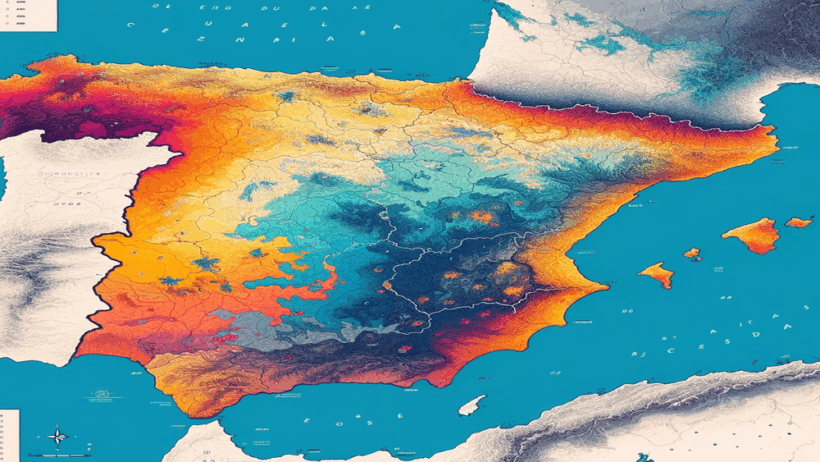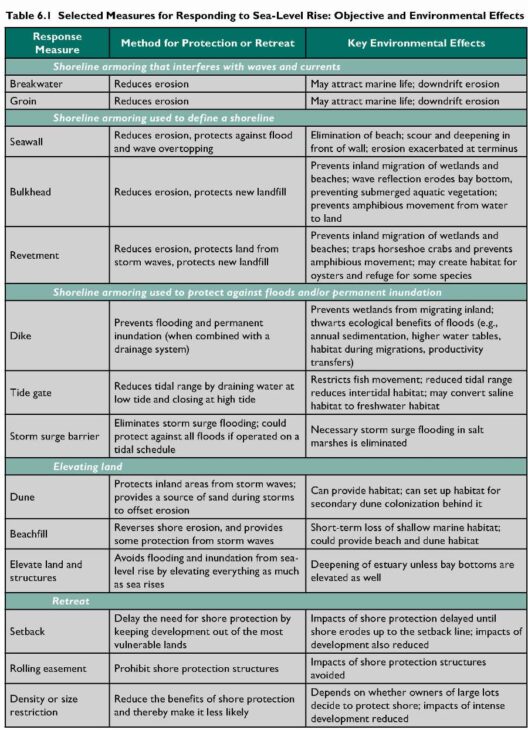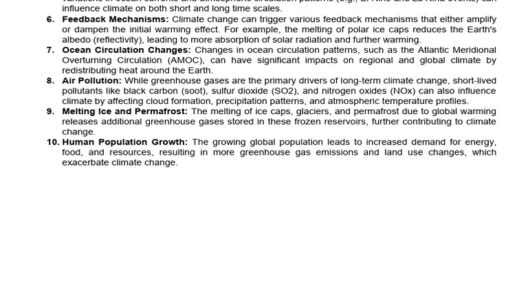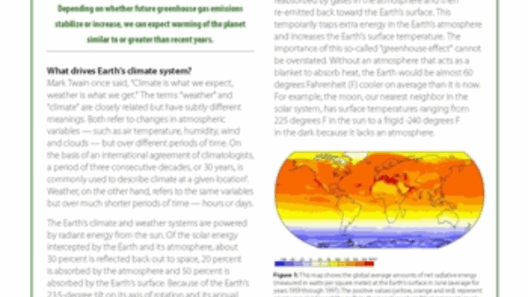What Is the Climate in Spain? Sunshine and Beyond
Spain, a nation characterized by its vibrant culture, rich history, and diverse geography, boasts an equally fascinating climate. It is a blend of various climatic zones that create distinct weather patterns across its territories. Have you ever pondered why the Spanish sunshine feels different depending on where you are in the country? This is not merely a trivial observation; it invites us to explore the multifaceted climate of Spain and the challenges posed by it—from scorching summers to torrential rains.
An Overview of Spain’s Climatic Zones
To comprehend Spain’s climate, one must first appreciate its geographical diversity. The country’s climate can be broadly categorized into several zones: Mediterranean, semi-arid, oceanic, and continental.
The Mediterranean Climate
In coastal regions, particularly along the eastern and southern shores, the Mediterranean climate reigns supreme. Characterized by hot, dry summers and mild, wet winters, this climate supports a plethora of agricultural activities. Think of fields adorned with olive trees, citrus orchards, and vineyards flourishing under an almost perpetual sun.
However, while the coastal areas bask in approximately 300 sunny days per year, the temperatures can climb to heights that challenge daily life. Imagine relying on air conditioning during the searing heat of July and August—what alternatives can be considered for those who prefer a more natural solution?
The Semi-Arid Climate
Moving inland, we encounter the semi-arid regions, predominantly found in the southeastern part of Spain. Here, the landscape transitions into a more rugged terrain, where the climate reflects stark contrasts. Rainfall becomes scarce, often earning this region the nickname “the land of drought.” It’s in areas like Almería that understanding water conservation practices becomes pivotal for preserving the ecosystem.
The Oceanic Climate
On the northern fringes, particularly in regions like Galicia and the Basque Country, an oceanic climate prevails. With milder temperatures year-round and consistent rainfall, these areas stand in stark contrast to their southern counterparts. Lush green landscapes thrive, a testament to the moisture-laden winds sweeping in from the Atlantic. This climate, while temperate and inviting, often presents logistical challenges for local farmers, who must manage the balance between abundant water and seasonal storms.
The Continental Climate
Further inland, the continental climate takes hold, creating extreme seasonal variations. In the interior provinces, such as Madrid or Valladolid, the summers may be blistering hot, while winters can plunge into icy chills. This discrepancy necessitates resilience from residents and infrastructure alike. But how do communities adapt to such changes?
Climate Change: A Growing Concern
As climate variability intensifies due to anthropogenic factors, Spain finds itself at the forefront of climate change challenges. The Mediterranean region, already vulnerable, faces increased temperatures and diminished rainfall. With wildfires becoming ever more frequent and severe, the ecological and economic repercussions demand urgent attention.
The shifting climate also poses questions about traditional agricultural practices. How will farmers adapt to the twin threats of drought and unpredictable rain patterns? The resilience of local agriculture will hinge on adopting innovative farming techniques optimized for sustainability.
The Role of Renewable Resources
Spain is already making strides in renewable energy, particularly in wind and solar power. With abundant sunshine and favorable coastal winds, the nation is well-equipped to harness these resources. However, the challenge remains: can these renewable solutions offset the vulnerabilities posed by climate change?
Government initiatives, public awareness campaigns, and local engagements are essential for transitioning to a more sustainable future. However, translating political will into actionable policies is a nuanced endeavor requiring collaboration among various sectors of society.
A Cultural Reflection
Spain’s multifarious climate not only influences agriculture and energy production but also profoundly shapes its cultural identity. From festivals that celebrate the harvest to culinary traditions regional to the climate, the relationship between Spain and its weather is intricately woven into its social fabric.
Every summer, the iconic Tomatina festival brings communities together amid warm, sunny days, while winter’s chilly embrace fosters cozy gatherings around hearty dishes like cocido. Does the climate bring people together, or does it merely reflect how they have learned to adapt to it?
Final Thoughts: Embracing the Elements
Understanding Spain’s climate is akin to embarking on an adventure—discovering how geographic diversity informs daily life, traditions, and challenges. With its myriad climatic conditions, one can only marvel at the resilience of the Spanish people, who navigate the nuances of sunshine and storms alike.
As we contemplate the future, it is critical for individuals, communities, and policymakers to recognize their roles in protecting this delicate balance. Progress is essential, but it must be rooted in respect for the natural world that cradles their existence. Perhaps the playful question should not be merely about the climate itself but rather about how humanity can harmonize its existence amid such climatic wonders and challenges. The time for action is now, and the journey towards sustainability beckons us all.








